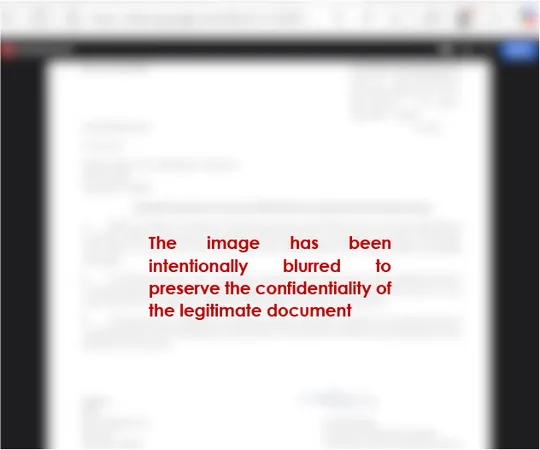
Unmasking the Daring Cyberattacks: How APT36 Exploits Linux Desktops for Espionage
2025-08-25
Author: Arjun
APT36: A Cyber Threat Unveiled!
In a bold new operation, the notorious Pakistan-linked hacking group, APT36, is launching sophisticated attacks on Indian governmental and defense sectors, employing Linux .desktop files to deploy custom malware.
The Ingenious Malware Scheme
APT36 has innovatively utilized spear-phishing tactics, disguising their malicious payloads within seemingly benign archives such as "Meeting_Notice_Ltr_ID1543ops.pdf_.zip". At first glance, recipients would be misled into believing they were opening a harmless PDF, but the hidden .desktop file is the true menace.
This devious shortcut executes covert commands through Bash, downloading a hex-encoded payload from a suspected command-and-control server. While the nefarious code operates in the background, a typical PDF displays in the foreground, creating a perfect smokescreen.
Unveiling the Technical Intricacies
An analysis of these threats reveals ominous traits typical of advanced malware. The files are 64-bit ELF executables that exhibit peculiar anomalies, such as unusual section header offsets and irregular segments, which hint at malware packing. Once executed, they connect to a command-and-control server, using stealthy DNS queries to siphon off sensitive data.
A Long-standing Threat
Tracing back to their inception, APT36, also known as Operation Transparent Tribe, has been active since 2013. The group first garnered attention in early 2016, when researchers detected their phishing attacks targeting Indian diplomats and military personnel across various embassies.
Operating under tactical prowess, they have infiltrated 27 countries, predominantly aiming at India, Afghanistan, Germany, Iran, and Pakistan. Their strategies include multi-vector attacks, utilizing phishing emails and watering-hole tactics to deliver Remote Access Trojans (RATs) known as Crimson and Peppy.
Expanding the Cyber Battlefield
Although the Indian government remains a primary target, APT36 is diversifying its operations into adjacent sectors, including education and civil society, increasing the potential risks to partners and suppliers as well. CYFIRMA's report emphasizes that APT36's new .desktop payloads represent a tactical shift towards exploiting local technologies, reflecting their adaptability and strategic foresight.
Lessons for the Future
As APT36 continues to evolve its methods, organizations must remain vigilant. The blending of traditional Windows-based attacks with Linux-targeted malware illustrates the ongoing threats in cybersecurity landscapes, urging teams to fortify their defenses against these innovative threat vectors.



 Brasil (PT)
Brasil (PT)
 Canada (EN)
Canada (EN)
 Chile (ES)
Chile (ES)
 Česko (CS)
Česko (CS)
 대한민국 (KO)
대한민국 (KO)
 España (ES)
España (ES)
 France (FR)
France (FR)
 Hong Kong (EN)
Hong Kong (EN)
 Italia (IT)
Italia (IT)
 日本 (JA)
日本 (JA)
 Magyarország (HU)
Magyarország (HU)
 Norge (NO)
Norge (NO)
 Polska (PL)
Polska (PL)
 Schweiz (DE)
Schweiz (DE)
 Singapore (EN)
Singapore (EN)
 Sverige (SV)
Sverige (SV)
 Suomi (FI)
Suomi (FI)
 Türkiye (TR)
Türkiye (TR)
 الإمارات العربية المتحدة (AR)
الإمارات العربية المتحدة (AR)